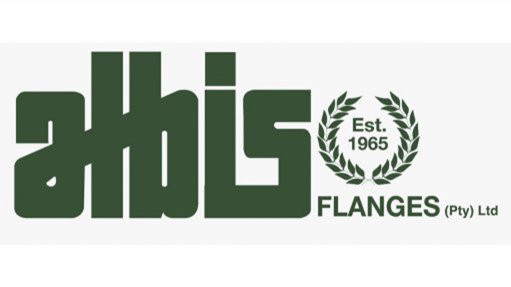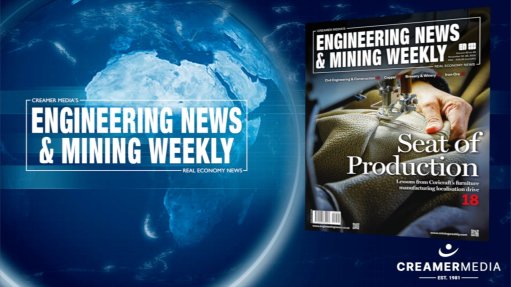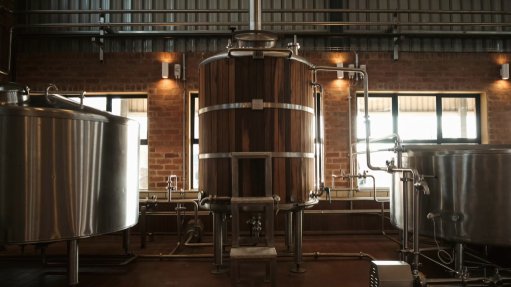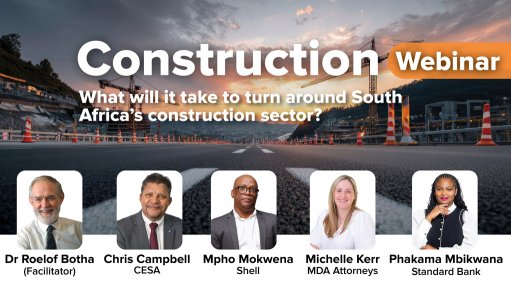Increase in feasibility studies bodes well for rail sector

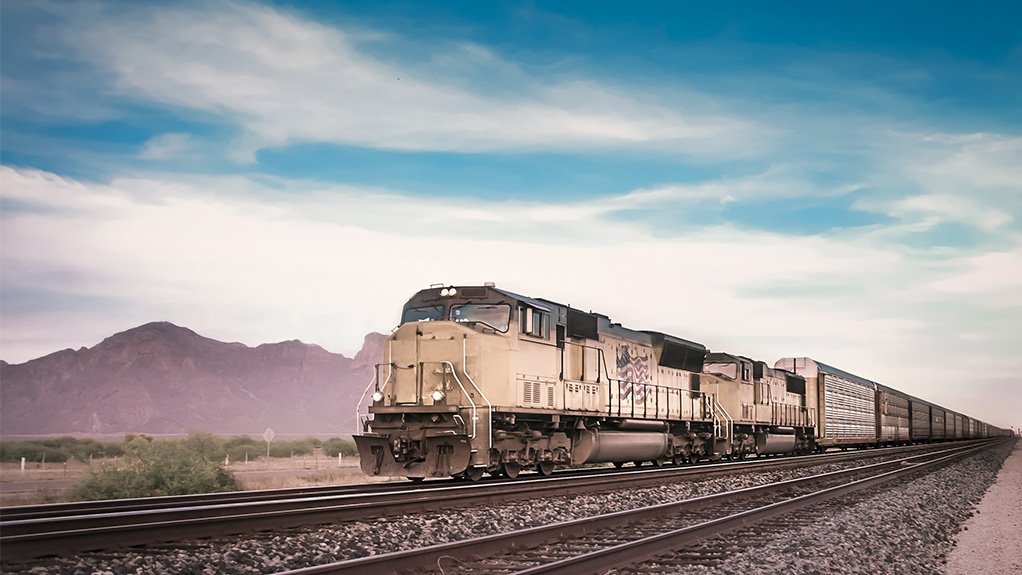
CORRIDOR CARRIER Rail infrastructure throughout the North-South Corridor is making steady progress
There has been a significant increase in commissioned feasibility studies over the past 18 months in terms of reviewing possible rail infrastructure interventions along the North–South Corridor, says financial advisory firm Cresco Project Finance executive director Robert Futter.
The corridor spans from Kolwezi, in the Democratic Republic of Congo (DRC) to Durban in South Africa.
In one such project, Cresco assisted nongovernment foundation New Partnership for Africa's Development, or Nepad.
The project included the reviewing of possible infrastructure interventions along the corridor to identify any inherent institutional flaws in five countries north of South Africa namely Zimbabwe, Botswana, Swaziland, Zambia and the DRC.
It also entailed identifying possible “low development requirement ” projects, which needed to be financially viable projects that did not require significant financing contributions from government or national rail operators.
Cresco also considered the phasing of possible project interventions to increase the overall efficiency of the corridor. This entailed the company’s reviewing a number of potential projects and preparing high-level financial projections, with a focus on the top ten projects with a short- to medium-term investment horizon. Taking out “pipe dreams” and focusing on “real” interventions was key to the outputs.
For these projects, there was engagement with funders to assess possible funding terms and requirements and feedback to the rail operators on funding issues including possible corrective action.
The projects were subsequently recommended for future feasibility work, progressing from concessioning and development phase to financial close.
This process is now ongoing for the key projects identified.
Corridor Concerns
The increasing mining expansion projects in the DRC and the new Copperbelt, in Zambia, have attracted renewed interest in understanding the North–South Corridor logistics constraints.
Although a plethora of potential project interventions, or mini projects, within the corridor have been identified, the funding for these projects is more difficult to attain, as there are risks pertaining to rail infrastructure along the corridor.
Futter says Cresco has identified three key risk factors.
Firstly, the corridor is an interlinked network, but it is impossible to finance all infrastructure requirements as one funding package. Therefore, the projects have to be “broken down” into component, independently viable parts.
Secondly, many of the key infrastructure interventions involve an asset used in cross-border locations, which makes financing more difficult. These include factoring in differing security approaches in the six countries within the corridor.
Thirdly, each rail operator has its own “tariff book” and requires individual negotiation with potential users. This is a key commercial stumbling block and a primary focus of the current updated feasibility work.
He highlights that Cresco identifies the risks on any given project, defines its proposed commercial and legal investment structure and then agrees on a financial framework between the lenders, rail operators and other government stakeholders to implement.
This considered approach, however, takes time and is costly from a business development point of view.
Further, a large number of feasibility studies were put on hold during 2020, owing to Covid-19.
However, Futter stresses that these infrastructure interventions are still required and should continue in 2021 – subject to ongoing development funding, political will and continued investment in mining expansion north of the corridor.
“With many road borders being closed, rail interventions are even more key to the successful flow of trade,” he concludes.
Article Enquiry
Email Article
Save Article
Feedback
To advertise email advertising@creamermedia.co.za or click here
Comments
Press Office
Announcements
What's On
Subscribe to improve your user experience...
Option 1 (equivalent of R125 a month):
Receive a weekly copy of Creamer Media's Engineering News & Mining Weekly magazine
(print copy for those in South Africa and e-magazine for those outside of South Africa)
Receive daily email newsletters
Access to full search results
Access archive of magazine back copies
Access to Projects in Progress
Access to ONE Research Report of your choice in PDF format
Option 2 (equivalent of R375 a month):
All benefits from Option 1
PLUS
Access to Creamer Media's Research Channel Africa for ALL Research Reports, in PDF format, on various industrial and mining sectors
including Electricity; Water; Energy Transition; Hydrogen; Roads, Rail and Ports; Coal; Gold; Platinum; Battery Metals; etc.
Already a subscriber?
Forgotten your password?
Receive weekly copy of Creamer Media's Engineering News & Mining Weekly magazine (print copy for those in South Africa and e-magazine for those outside of South Africa)
➕
Recieve daily email newsletters
➕
Access to full search results
➕
Access archive of magazine back copies
➕
Access to Projects in Progress
➕
Access to ONE Research Report of your choice in PDF format
RESEARCH CHANNEL AFRICA
R4500 (equivalent of R375 a month)
SUBSCRIBEAll benefits from Option 1
➕
Access to Creamer Media's Research Channel Africa for ALL Research Reports on various industrial and mining sectors, in PDF format, including on:
Electricity
➕
Water
➕
Energy Transition
➕
Hydrogen
➕
Roads, Rail and Ports
➕
Coal
➕
Gold
➕
Platinum
➕
Battery Metals
➕
etc.
Receive all benefits from Option 1 or Option 2 delivered to numerous people at your company
➕
Multiple User names and Passwords for simultaneous log-ins
➕
Intranet integration access to all in your organisation













